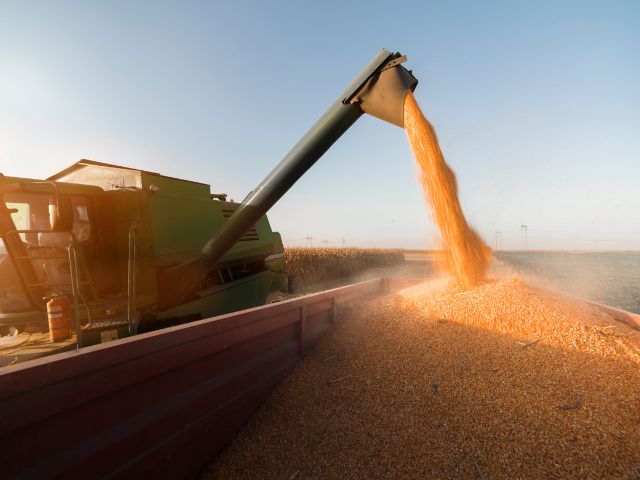

Shipping grains, a staple commodity in global agricultural trade, demands meticulous planning and execution to ensure cargo arrives at its destination in top-notch condition. Safe transportation is vital for maintaining the grains’ quality, minimizing loss, and protecting investments. Explore three shipping top tips agricultural businesses can implement to enhance their grain transportation safety and guarantee quality shipments.
An essential step in preparing grains for shipment is selecting the appropriate packaging. Polywoven grain bags emerge as a superior packaging choice for many reasons.
These bags are made from high-density polyethylene (HDPE) or polypropylene (PP), offering exceptional strength and durability, which are crucial for withstanding the rigors of transportation. Their material composition also provides moisture, pest, and pollutant resistance. Polywoven bags’ lightweight nature contributes to lower shipping costs, and their recyclability aligns with sustainable shipping practices.
Whether grains are placed in storage or off in transport, proper climate control is essential for preserving grain quality. Grains are highly susceptible to damage from temperature fluctuations, which can lead to the development of harmful toxins and the proliferation of pests and mold.
Excessive heat can trigger germination, altering the grain’s composition and rendering it unsuitable for consumption or sale. Conversely, extremely low temperatures can cause grains to dry out and crack, compromising their structural integrity. Investing in cargo storage with temperature control, humidity management, and ventilation guarantees enhanced shipment preservation.
Transportation methods heavily affect the shipping process and cargo safety. Choosing between ocean and air freight can influence shipping timelines, transportation costs, and carbon footprints. Air shipping offers the most significant advantages when it comes to transporting grains.
Air shipping significantly reduces transit time compared to ocean shipping, ensuring fresher delivery and reducing spoilage risk. Air freight also has fewer delays, providing a reliable schedule essential for supply chain integrity and better-controlled environments for cargo preservation. Despite higher costs, speed, reliability, and product preservation make air shipping an attractive option for grain transport.
Knowing how to transport grains safely requires a strategic approach to packaging, storage, and transportation. With these shipping tips, agricultural businesses can guarantee their clients top-quality grains.
24World Media does not take any responsibility of the information you see on this page. The content this page contains is from independent third-party content provider. If you have any concerns regarding the content, please free to write us here: contact@24worldmedia.com

A Brief Look at the History of Telematics and Vehicles

Tips for Helping Your Students Learn More Efficiently

How To Diagnose Common Diesel Engine Problems Like a Pro

4 Common Myths About Wildland Firefighting Debunked

Is It Possible To Modernize Off-Grid Living?

4 Advantages of Owning Your Own Dump Truck

5 Characteristics of Truth and Consequences in NM

How To Make Your Wedding More Accessible

Ensure Large-Format Printing Success With These Tips

4 Reasons To Consider an Artificial Lawn

The Importance of Industrial Bearings in Manufacturing

5 Tips for Getting Your First Product Out the Door